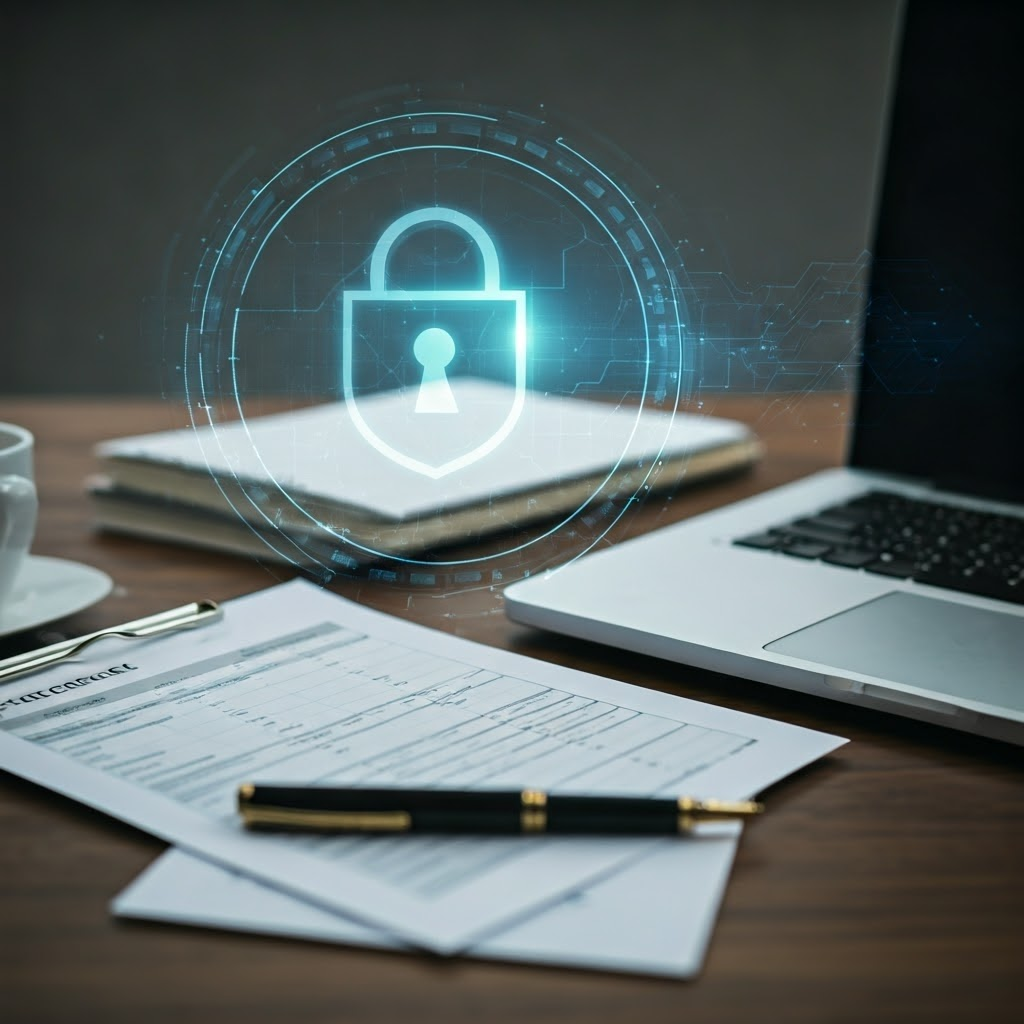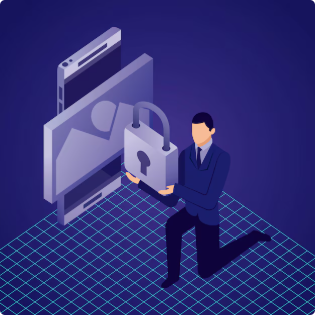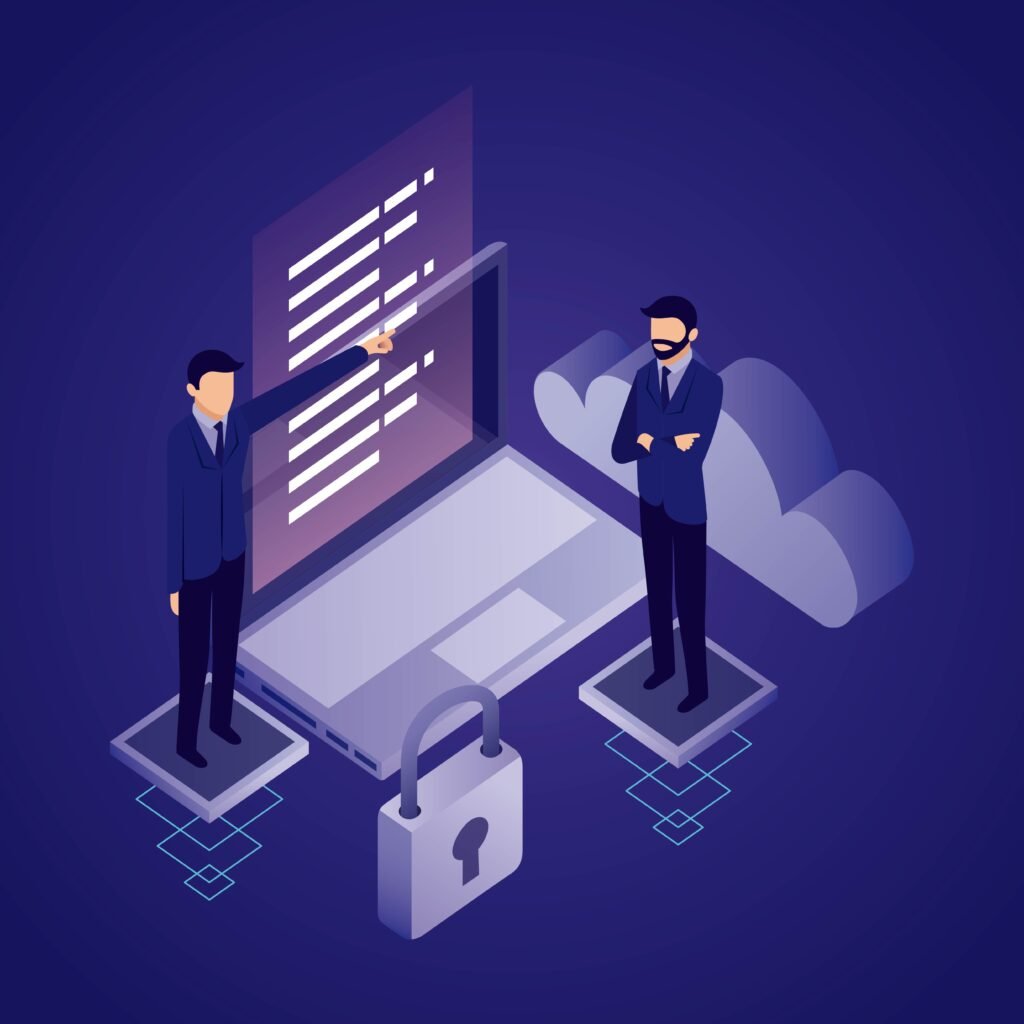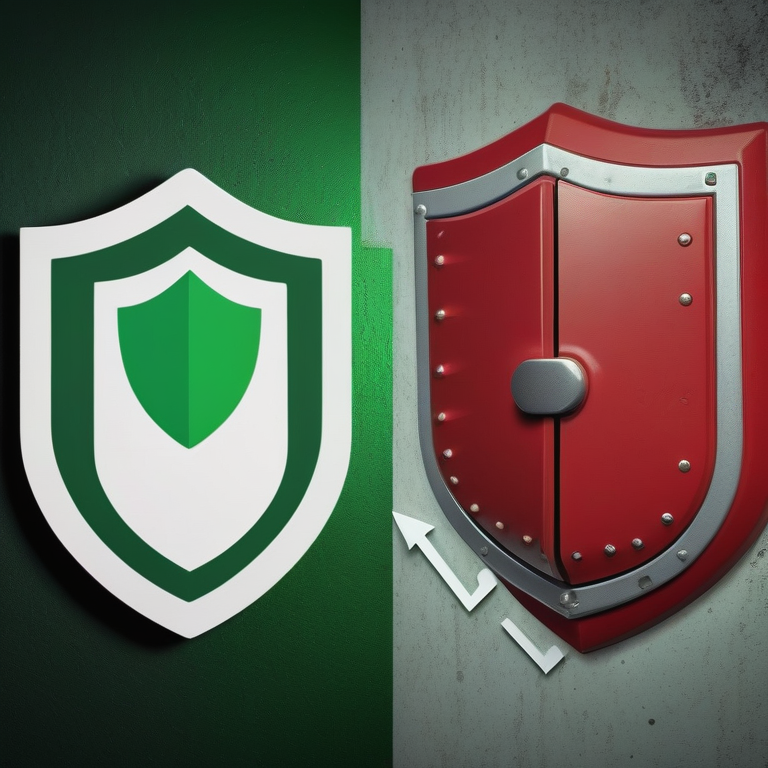Introduction
In the ever-changing landscape of cybersecurity, it’s crucial for organizations to stay one step ahead of potential threats. Today, we dive into a conversation between two key characters: Zea, the Chief Security Auditor, and Linx, the CEO of a growing tech firm. As they discuss the importance of security assessments, we’ll explore how they help companies identify vulnerabilities and safeguard their data. This blog series is a journey that will illustrate the intricate process of security assessments, the challenges faced, and the steps taken to mitigate risks. So, let’s begin.
Part 1: The Importance of Security Assessments – A Conversation Begins

Zea: “Linx, the world of cybersecurity is evolving faster than we can blink. It’s no longer enough to have a security solution in place and assume everything is safe. We need regular checks, or security assessments, to ensure we’re staying ahead of emerging threats.”
Linx: “I’ve heard about these assessments, but can you break it down for me? What exactly do they involve, and why are they so important?”
Zea: “Of course! A security assessment is like a health check for your organization’s IT infrastructure. Just like you’d go for a routine check-up at the doctor’s office, your systems need regular assessments to ensure they’re secure. These assessments identify weaknesses and vulnerabilities that could be exploited by cybercriminals.”
Linx: “That makes sense. So, it’s a way of finding risks before they become real threats. But how do we even begin such an assessment?”
Zea: “Good question. First, we need to define the scope of the assessment. We look at everything from your IT systems, applications, and networks, to your data protection policies. A comprehensive security assessment will include various methods like vulnerability assessments, penetration testing, and risk management checks.”
Linx: “It sounds like a lot of work. Who gets involved in these assessments?”
Zea: “A lot of different people, actually. It’s a team effort. You’ll need to bring in security experts, your IT department, and department heads. We might even need to involve third-party vendors if they manage critical systems for you. The more people who understand and support the assessment process, the more thorough and effective the outcome.”
Linx: “Got it. So, it’s not just a technical process, but a team collaboration.”
Zea: “Exactly. And once we gather the data from all these sources, the next step is to analyze it. That’s where the real insights come in.”
Part 2: Key Components of a Security Assessment Report
Zea: “Now that we’ve got a team and a clear scope, the next thing we need to focus on is the actual report. A good security assessment should provide a detailed report on the findings, broken down in a clear and understandable way.”
Linx: “So, what goes into the report? What are we actually looking for?”
Zea: “Well, the report should outline the areas we’ve assessed—like networks, software, and databases. It will also detail the methods we used—things like vulnerability scanning or even simulated cyber-attacks. The most important part of the report, however, is the risk assessment.”
Linx: “What do you mean by ‘risk assessment’?”
Zea: “In simple terms, we identify the issues we found and then measure how serious each one is. For example, if a vulnerability could potentially allow someone to steal customer data, that’s a high-risk issue. If it’s something like outdated software that isn’t connected to critical systems, it might be a medium or low risk.”
Linx: “I see. So, prioritizing the issues based on their impact is crucial. How do we make sure the findings are communicated clearly?”
Zea: “The key is to structure the report in a way that’s easy to digest. It should have an executive summary for leaders like you, a detailed technical section for your IT team, and actionable recommendations for all parties involved.”
Part 3: Real-World Scenarios – Why Security Assessments Are Vital
Zea: “To really understand why security assessments are so important, let me give you an example from a recent cyber-attack. It’s a perfect illustration of what can happen when assessments aren’t conducted regularly.”
Linx: “I’m all ears. What happened?”
Zea: “There was a company that hadn’t done a security assessment in over a year. They were growing fast and focused more on scaling operations than on cybersecurity. One day, a hacker exploited an outdated vulnerability in their customer database software, gaining access to millions of customer records. They were able to pull sensitive data—names, addresses, payment info—and then demanded a ransom.”
Linx: “That sounds like a nightmare. How could they have prevented it?”
Zea: “A security assessment could’ve caught that vulnerability. If the company had conducted regular penetration testing and risk assessments, they would have spotted the outdated software and patched it long before the hackers found it. The attack could have been avoided, or at least mitigated, if they had acted sooner.”
Linx: “That’s terrifying. It really highlights the importance of staying proactive rather than reactive.”
Zea: “Exactly. And that’s why we need to make security assessments a part of the culture, not just a one-time check.”
Part 4: Next Steps – From Assessment to Action
Zea: “Once the report is in, the next step is implementing changes. The goal is not just to fix the vulnerabilities we’ve found but also to improve your overall security posture.”
Linx: “But how do we actually go about fixing the issues? It sounds like it could be a huge undertaking.”
Zea: “It’s about creating a structured action plan. We’ll prioritize the issues, create specific tasks, and assign them to the right people. Some fixes might be technical, like patching software or strengthening firewalls, while others might involve training staff or updating policies.”
Linx: “So, it’s a combination of technical solutions and people-focused actions?”
Zea: “Exactly. It’s all about building a security-conscious culture across the organization.”
Linx: “That makes sense. And the key takeaway here is that this is an ongoing process, not a one-off event, right?”
Zea: “Yes, security assessments should be conducted regularly. And after each assessment, the organization should stay committed to implementing changes and monitoring progress.”
To Be Continued…
In our next blog post, Zea and Linx will discuss The Importance of Conducting Security Assessment Reports—why these assessments are vital for long-term business security and how they help organizations stay resilient in the face of evolving cyber threats. Stay tuned to learn more about the steps involved in creating effective security assessment reports and the role they play in strengthening your security posture.
Frequently Asked Questions
1. What is a security assessment and why is it important?
It’s an evaluation of your IT systems to identify risks and vulnerabilities, ensuring your business stays protected against cyber threats.
2. What does a security assessment include?
It involves vulnerability scans, penetration testing, and risk checks to assess your networks, software, and data protection.
3. Who should be involved in a security assessment?
Security experts, IT teams, department heads, and sometimes third-party vendors collaborate to conduct a thorough assessment.
4. What’s in a security assessment report?
The report outlines the areas assessed, methods used, risks found, and offers actionable recommendations for improvements.
5. How do regular assessments prevent cyber-attacks?
Regular assessments identify and fix vulnerabilities early, preventing cybercriminals from exploiting outdated systems and data.














